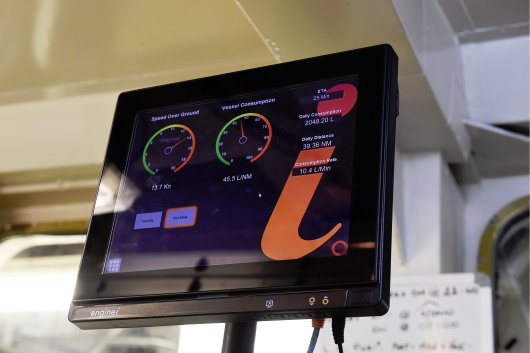New Enginei feature helps operators optimize speeds and fuel efficiency
Calculates an optimum performance profile based on fuel use, speed, distance, sea state, wind speed and current.
Diesel power specialist Royston has developed a special 'Ecospeed' analysis capability as part of its Enginei electronic fuel management system (EFMS) to enable ship operators to identify and maintain optimum vessel speeds for efficient fuel usage.
Devised with marine engineering specialists from Newcastle University, the new Ecospeed algorithm is based on speed modelling and an analysis of vessel operating data, correlating and synchronising information from different sensors installed on the vessel.
Ecospeed calculates an optimum performance profile for individual vessels by taking into account a range of shipping data including fuel use, speed and distance, as well as sea state, wind speed and current.
This information is gathered during a dedicated sea trial or from a vessel's existing Enginei system installation and is used to identify optimum vessel speeds in different conditions to ensure that maximum fuel efficiencies are maintained.
As well as fuel consumption, the Ecospeed module also provides details of carbon emissions and voyage duration to help crews to make informed decisions on vessel speed and environmental performance for all journeys.
Common shipping practice for economic operation is to run vessels based on a crew's experience, but Royston points out that the results can vary widely, and that in terms of fuel economy for a specific voyage, this may not necessarily result in the use of the most fuel-efficient speed for the vessel.
Ecospeed is said to be compatible with all types of vessel, enabling potential fuel use and emissions to be effectively managed according to conditions, the duration of the trip and required arrival times.
Damian McCann, product manager for Enginei fuel management systems at Royston, said: "Our onboard tests and pilot Ecospeed installations have shown that systematically identified economic speeds are invariably different to crew perceptions based on their experience and can have a significant impact on fuel use and costs.
"In addition, linking fuel use with CO2 emissions using the carbon emissions factor for the appropriate fuel type also provides the means to ensure that potential environmental impacts are minimised.
"As a result, the new Ecospeed EFMS feature provides an essential means of helping vessel operators to accurately identify optimum voyage speeds in the interests of both maintaining fuel efficiencies and complying with emissions regulations."
The Enginei EFMS system records fuel consumption data by individual engines which is presented via touchscreen monitors installed on the bridge and in engine control rooms.
In addition, the system remotely sends the information from ship to shore, where it can be accessed through a simple web dashboard with computer-generated graphs and Google mapping to show an operational profile of a vessel.
Devised with marine engineering specialists from Newcastle University, the new Ecospeed algorithm is based on speed modelling and an analysis of vessel operating data, correlating and synchronising information from different sensors installed on the vessel.
Ecospeed calculates an optimum performance profile for individual vessels by taking into account a range of shipping data including fuel use, speed and distance, as well as sea state, wind speed and current.
This information is gathered during a dedicated sea trial or from a vessel's existing Enginei system installation and is used to identify optimum vessel speeds in different conditions to ensure that maximum fuel efficiencies are maintained.
As well as fuel consumption, the Ecospeed module also provides details of carbon emissions and voyage duration to help crews to make informed decisions on vessel speed and environmental performance for all journeys.
Common shipping practice for economic operation is to run vessels based on a crew's experience, but Royston points out that the results can vary widely, and that in terms of fuel economy for a specific voyage, this may not necessarily result in the use of the most fuel-efficient speed for the vessel.
Ecospeed is said to be compatible with all types of vessel, enabling potential fuel use and emissions to be effectively managed according to conditions, the duration of the trip and required arrival times.
Damian McCann, product manager for Enginei fuel management systems at Royston, said: "Our onboard tests and pilot Ecospeed installations have shown that systematically identified economic speeds are invariably different to crew perceptions based on their experience and can have a significant impact on fuel use and costs.
"In addition, linking fuel use with CO2 emissions using the carbon emissions factor for the appropriate fuel type also provides the means to ensure that potential environmental impacts are minimised.
"As a result, the new Ecospeed EFMS feature provides an essential means of helping vessel operators to accurately identify optimum voyage speeds in the interests of both maintaining fuel efficiencies and complying with emissions regulations."
The Enginei EFMS system records fuel consumption data by individual engines which is presented via touchscreen monitors installed on the bridge and in engine control rooms.
In addition, the system remotely sends the information from ship to shore, where it can be accessed through a simple web dashboard with computer-generated graphs and Google mapping to show an operational profile of a vessel.

|
VARO Energy expands renewable portfolio with Preem acquisition
All-cash transaction expected to complete in the latter half of 2025. |
|
|
|
||

|
NYK trials biofuel in milestone coal carrier test
Vessel is used to test biofuel for domestic utility company. |
|
|
|
||

|
H-Line Shipping orders LNG bunkering vessel
Vessel with 18,000-cbm capacity to run on both LNG and MDO. |
|
|
|
||

|
How to engineer and manage green shipping fuels | Stanley George, VPS
Effective management strategies and insights for evolving fuel use. |
|
|
|
||

|
Swedish government bans scrubber wastewater discharges
Discharges from open-loop scrubbers to be prohibited in Swedish waters from July 2025. |
|
|
|
||

|
MAN Energy Solutions achieves 100% load milestone for ammonia engine
Latest tests validate fuel injection system throughout the entire load curve. |
|
|
|
||
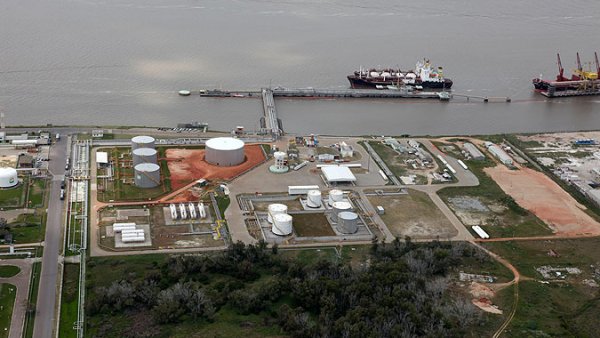
|
Petrobras secures ISCC EU RED certification for B24 biofuel blend at Rio Grande
Blend consisting of 24% FAME is said to have been rigorously tested to meet international standards. |
|
|
|
||
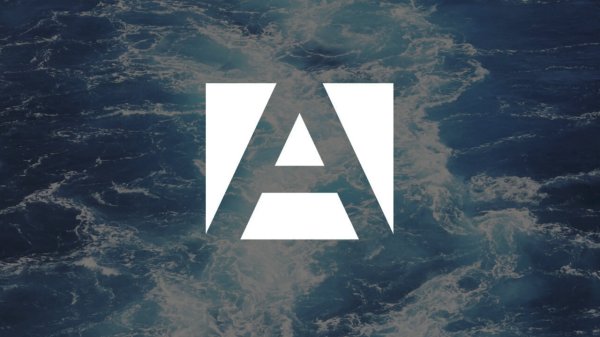
|
Stolt-Nielsen to fully control Avenir LNG with acquisition
Share purchase agreement to buy all shares from Golar LNG and Aequitas. |
|
|
|
||
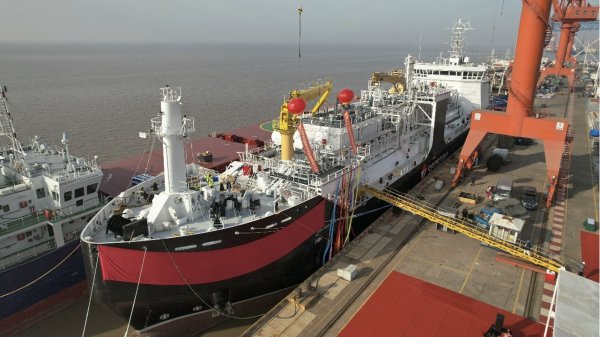
|
Bureau Veritas supports launch of CIMC SOE's LNG bunkering vessel
Handover of Seaspan Energy's cutting-edge 7,600-cbm vessel completed. |
|
|
|
||
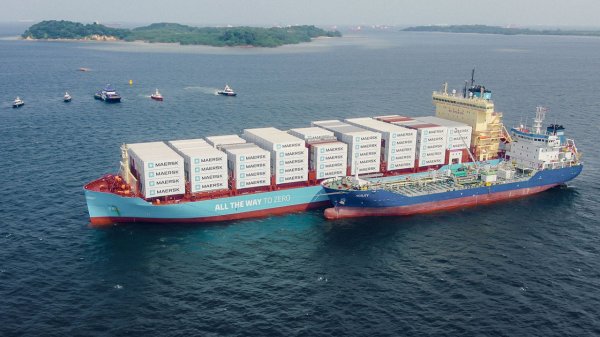
|
Methanol as a marine fuel | Steve Bee, VPS
How environmental legislation has driven the development of low-sulphur fuels and methanol-ready ships. |
|
|
|
||
Related Links
- · Enginei boosts fuel inventory capabilities with new tank module [Insights]
- · Emissions monitoring added to Enginei fuel management system [Insights]
- · United Kingdom [Directory]

